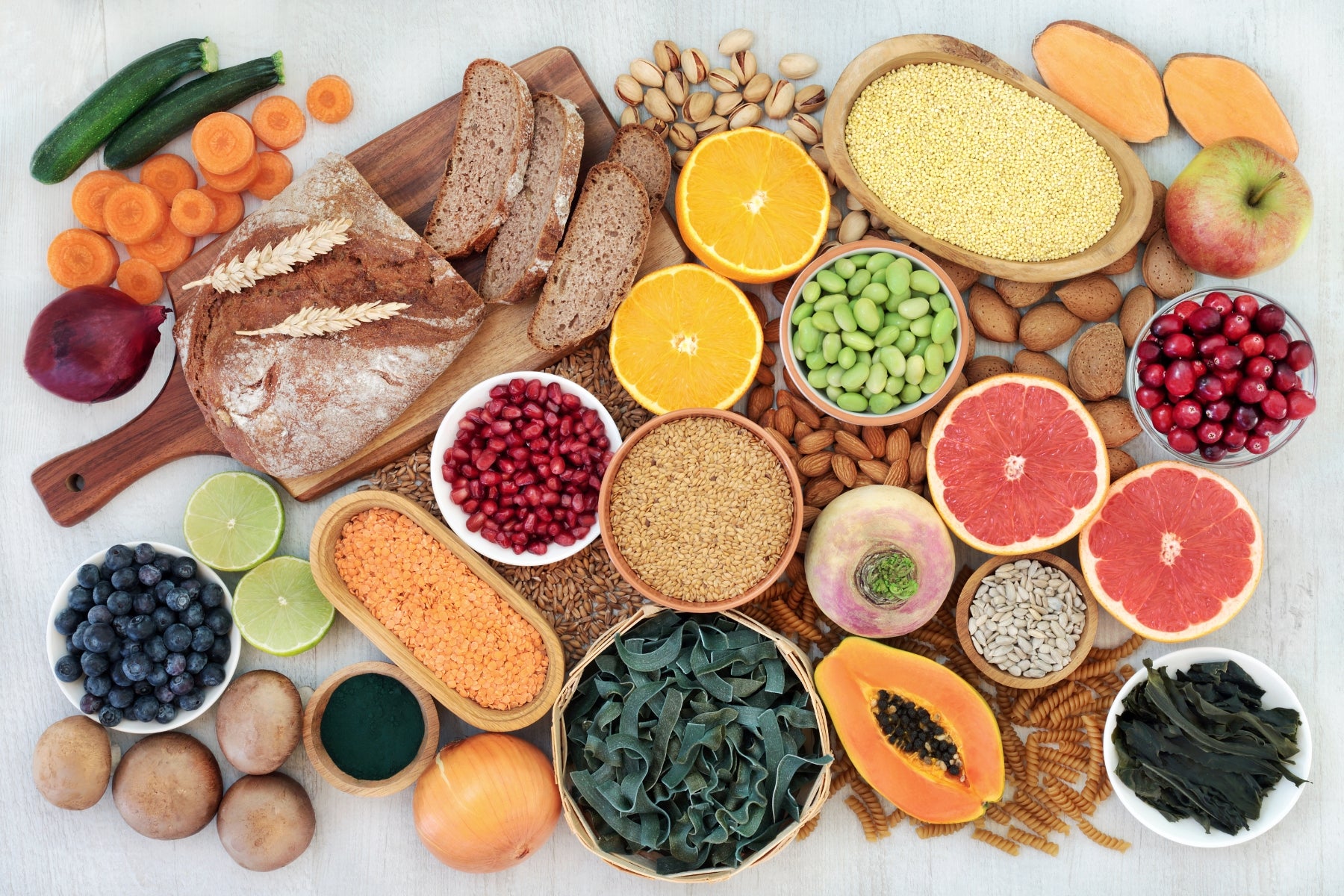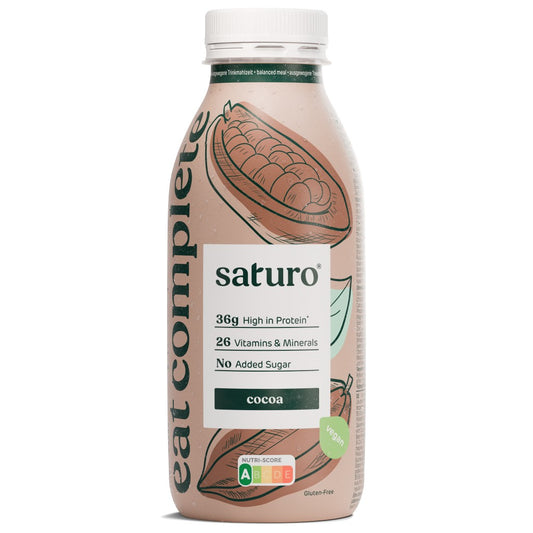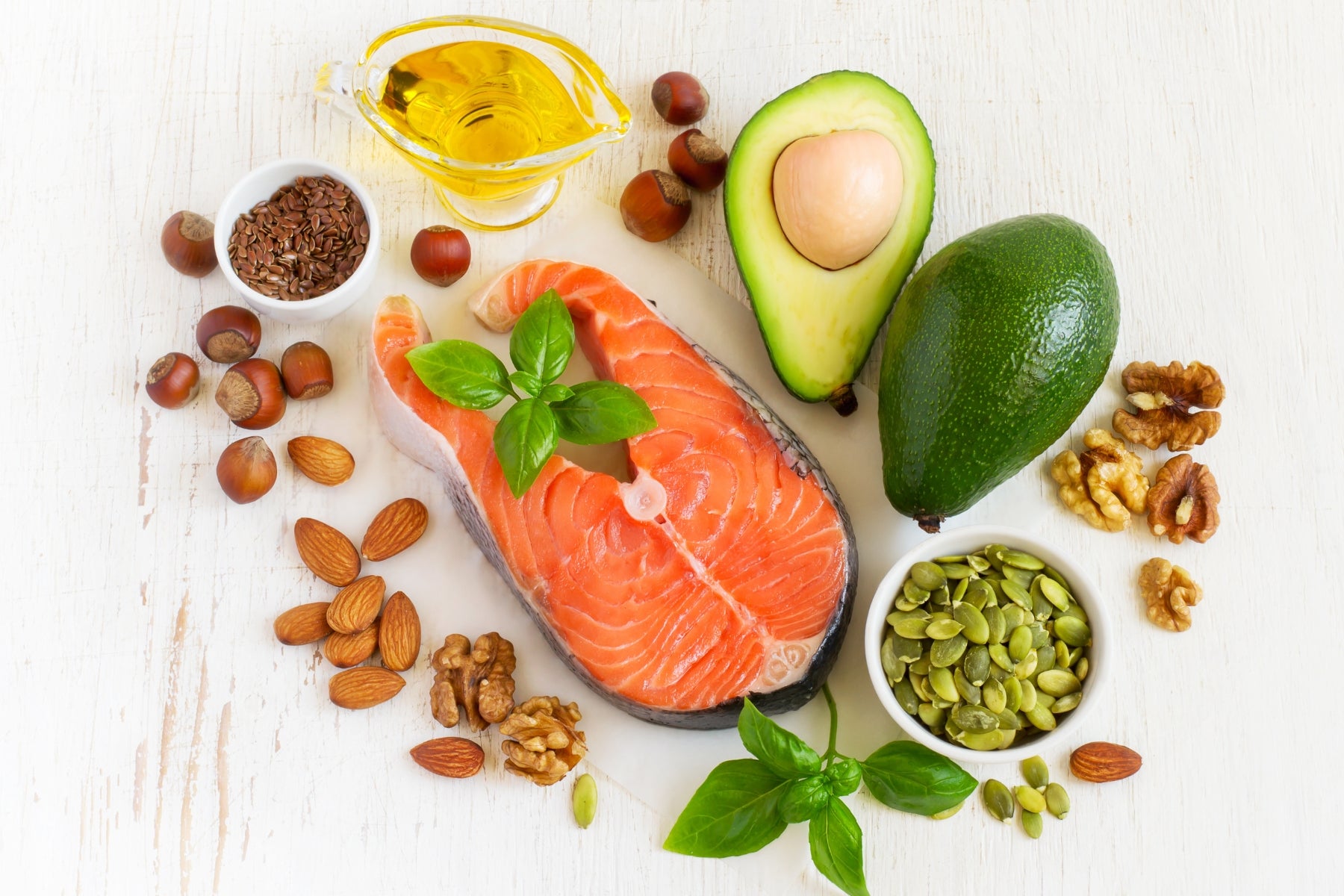Obsah
1
Co jsou vlákno?
Vlákno: Rozpustné a nerozpustné
Tabulka: Rozpustné a nerozpustné vlákno
2
Film -Rich Foods: Kde můžete najít vlákno?
Tabulka: Vyplňte -bohatá jídla
Film -Rich Foods: Lepek bez vláknových zdrojů
3
K čemu potřebujete vlákno? Efekt a funkce
Plnivy stimulují trávení
Plnění materiálů zabraňují rakovině tlustého střeva
Plnění materiálů snižuje riziko rakoviny prsu
Plniva posilují imunitní systém
Plniva proti nemocem civilizace
Plniva zvyšují délku života
4
Dietní strava
Kolik vláken denně byste měli jíst?
Postupně zvyšuje obsah vlákna
Žvýkat dobře -fuel -dobře jídlo
Pijte dost s výživou vlákniny
5
Dieta s nízkým vláknem
Kdy by se mělo vlákno zabránit
Dieta s nízkým obsahem vlákna: Z dlouhodobého hlediska se nedoporučuje
Výživa nízkého vlákna: Upozornění v následujících potravinách s nízkými vládami
6
Závěr
Obsah
1
Co jsou vlákno?
Vlákno: Rozpustné a nerozpustné
Tabulka: Rozpustné a nerozpustné vlákno
2
Film -Rich Foods: Kde můžete najít vlákno?
Tabulka: Vyplňte -bohatá jídla
Film -Rich Foods: Lepek bez vláknových zdrojů
3
K čemu potřebujete vlákno? Efekt a funkce
Plnivy stimulují trávení
Plnění materiálů zabraňují rakovině tlustého střeva
Plnění materiálů snižuje riziko rakoviny prsu
Plniva posilují imunitní systém
Plniva proti nemocem civilizace
Plniva zvyšují délku života
4
Dietní strava
Kolik vláken denně byste měli jíst?
Postupně zvyšuje obsah vlákna
Žvýkat dobře -fuel -dobře jídlo
Pijte dost s výživou vlákniny
5
Dieta s nízkým vláknem
Kdy by se mělo vlákno zabránit
Dieta s nízkým obsahem vlákna: Z dlouhodobého hlediska se nedoporučuje
Výživa nízkého vlákna: Upozornění v následujících potravinách s nízkými vládami
6
Závěr
Tabulka: Rozpustné a nerozpustné vlákno
| Rozpustné vlákno | Nerozpustné vlákno |
|---|---|
| Pektiny | celulóza |
| Inulin | Hemicellus |
| Svahy a rostliny rostlin |
Tabulka: Vyplňte -bohatá jídla
| Rozpustné vlákno | Potraviny |
|---|---|
| Pektiny | Nezralé ovoce, semena a misky jablek, quinces a bobule |
| Inulin | Chicorée, Jeruzalémská artyčok, česnek, artyčoky |
| Svahy a rostliny rostlin | Řasy, šťávy tropických rostlin (např. Acacia) |
| Nerozpustné vlákno | Potraviny |
|---|---|
| celulóza | Ovoce, zelenina, luštěniny, celozrnné obiloviny |
| Hemicellus | Ovoce, zelenina, luštěniny, celozrnné obiloviny |





